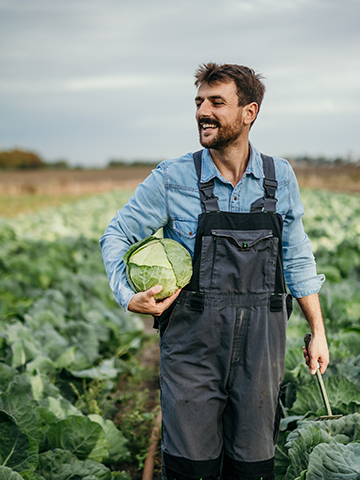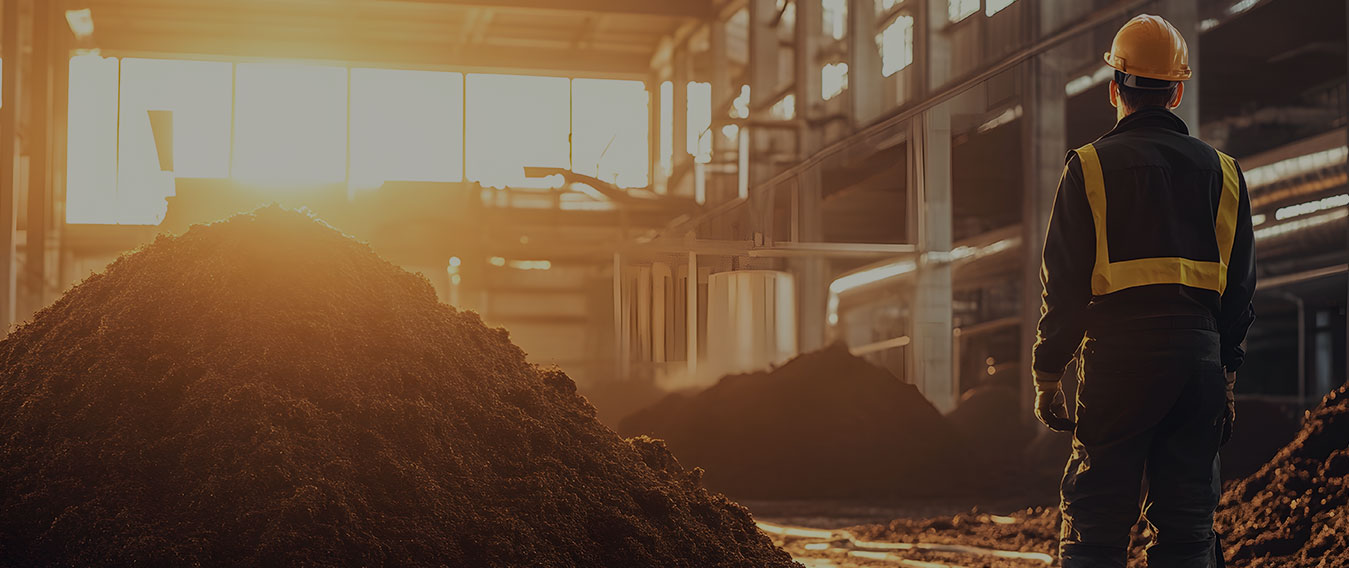➡️ The Case of Montauban-de-Bretagne Biogas Combined Cycle Power Plant
Designed and operated by ENGIE BIOZ, the cogeneration plant was commissioned in 2017. It generates 9.4 GWh of green electricity, equivalent to the annual consumption of about 2,000 households, as well as thermal energy for heating nearby greenhouses (> 6 GWh).
The digester can process up to 98 tons of input per day, 60-65% of which comes from agricultural sources (effluents), 30-35% from agri-food industries, and 5% from municipalities.
This project brings real value to the agricultural ecosystem, with 43 farms using digestate over a total spreading area of 2,752 hectares. This results in 190 tons of nitrogen being redistributed locally, partially replacing imported mineral fertilizers.
Environmentally, the plant avoids 5,000 tons of CO2 emissions per year.
The Montauban de Bretagne plant showcases how anaerobic digestion can integrate into local communities, bringing together economic actors, farmers, the agri-food industry, the municipality, the Saint-Méen-Montauban community, greenhouse operators, and electricity grid operator Enedis.
Expansion in Europe
ENGIE is strengthening its presence in Europe through acquisitions in the UK (4 production units) and the Netherlands (2 units).
In total, our installed annual production capacity stands at 1.1 TWh of biomethane as of June 30, 2024.



